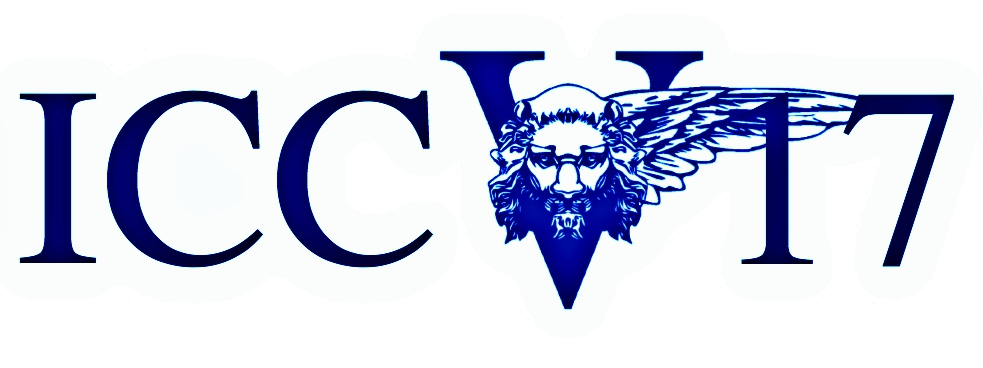-
Binarized Convolutional Landmark Localizers for Human Pose Estimation and Face Alignment With Limited Resources
AbstractOur goal is to design architectures that retain the groundbreaking performance of CNNs for landmark localization and at the same time are lightweight, compact and suitable for applications with limited computational resources. To this end, we make the following contributions: (a) we are the first to study the effect of neural network binarization on localization tasks, namely human pose estimation and face alignment. We exhaustively evaluate various design choices, identify performance bottlenecks, and more importantly propose multiple orthogonal ways to boost performance. (b) Based on our analysis, we propose a novel hierarchical, parallel and multi-scale residual architecture that yields large performance improvement over the standard bottleneck block while having the same number of parameters, thus bridging the gap between the original network and its binarized counterpart. (c) We perform a large number of ablation studies that shed light on the properties and the performance of the proposed block. (d) We present results for experiments on the most challenging datasets for human pose estimation and face alignment, reporting in many cases state-of-the-art performance. Code can be downloaded from https://www.adrianbulat.com/binary-cnn-landmarks
Related Material
[pdf] [supp] [arXiv][bibtex]@InProceedings{Bulat_2017_ICCV,
author = {Bulat, Adrian and Tzimiropoulos, Georgios},
title = {Binarized Convolutional Landmark Localizers for Human Pose Estimation and Face Alignment With Limited Resources},
booktitle = {Proceedings of the IEEE International Conference on Computer Vision (ICCV)},
month = {Oct},
year = {2017}
}
These ICCV 2017 papers are the Open Access versions, provided by the Computer Vision Foundation.
Except for the watermark, they are identical to the accepted versions; the final published version of the proceedings is available on IEEE Xplore.
Except for the watermark, they are identical to the accepted versions; the final published version of the proceedings is available on IEEE Xplore.
This material is presented to ensure timely dissemination of scholarly and technical work.
Copyright and all rights therein are retained by authors or by other copyright holders.
All persons copying this information are expected to adhere to the terms and constraints invoked by each author's copyright.

